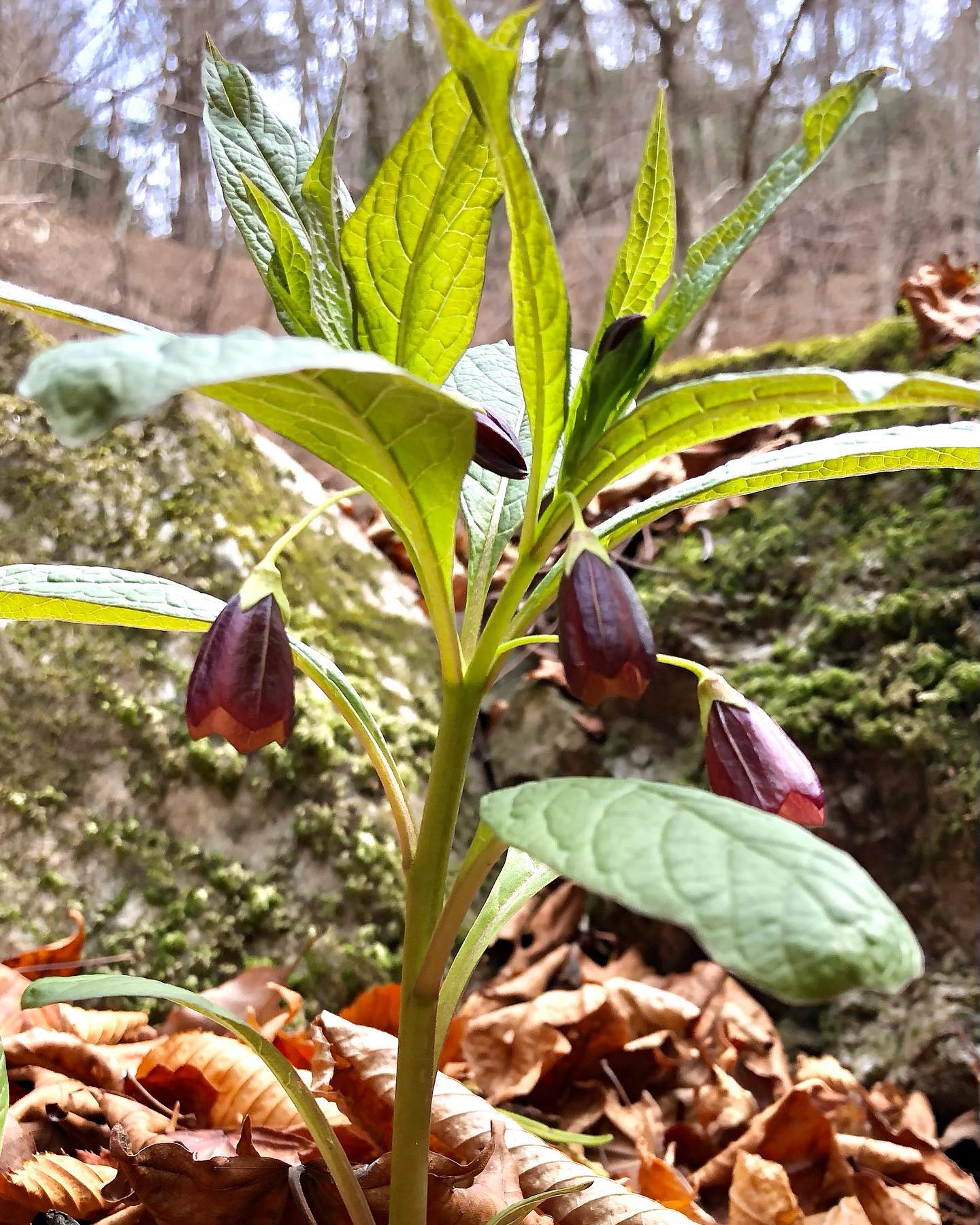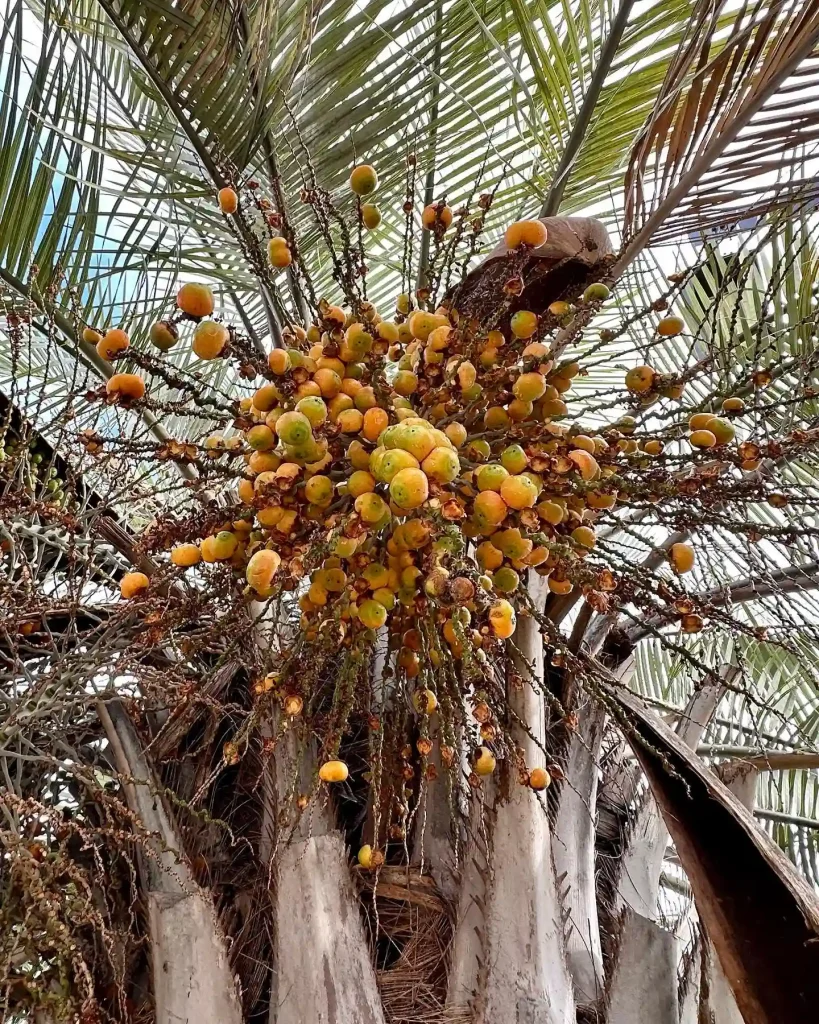
A Gardener’s Guide to Tagetes Minuta: The Unassuming Powerhouse
Tagetes minuta, often called stinking roger or wild marigold, isn’t your typical garden flower. This unassuming South American native packs a surprising punch, offering a range of benefits that belie its strong odor and small, yellow blooms. Over the years, I’ve come to appreciate this little powerhouse, and I’m here to share my experience growing Tagetes minuta with you.
50 Species in Genus Tagetes
What is Tagetes minuta?
Tagetes minuta is a tall, upright annual herb belonging to the Asteraceae family, the same family as sunflowers and daisies. Native to the southern half of South America, it’s become naturalized in many parts of the world, including Europe, Asia, and North America. While its flowers are small and not particularly showy, Tagetes minuta makes up for it in its resilience, ease of growth, and the multitude of uses it offers.
How to Grow Tagetes minuta?
Tagetes minuta is a low-maintenance herb that thrives on neglect. Here’s what you need to know:
- Planting: Sow seeds directly into well-drained soil after the danger of frost has passed. Seeds germinate readily in warm soil and don’t require any special treatment. Thin seedlings to about 12 inches apart once they’ve established themselves.
- Light: Tagetes minuta prefers full sun but can tolerate some light shade.
- Soil: This herb isn’t fussy about soil type as long as it drains well. Sandy loam is ideal, but it will adapt to other soil conditions.
- Water: Water deeply when the soil feels dry to the touch. Once established, Tagetes minuta is quite drought tolerant.
How to Care for Tagetes minuta?
Once planted, Tagetes minuta requires minimal care. Here are a few tips:
- Fertilizer: This herb doesn’t need additional fertilizer unless your soil is very poor. A light application of compost in the spring is sufficient.
- Deadheading: While not essential, deadheading spent flowers can encourage further blooming. Simply pinch off the flower heads when they start to fade.
- Pests and Diseases: Tagetes minuta is generally resistant to pests and diseases. However, keep an eye out for common garden problems like aphids or fungal diseases, which can be treated with organic methods if necessary.
What to Plant with Tagetes minuta?
Despite its strong odor, Tagetes minuta can be a valuable companion plant in the garden. Its pungent aroma deters some pests, including nematodes and whiteflies. It’s also said to attract beneficial insects like hoverflies and ladybugs. Here are some good companion plants for Tagetes minuta:
- Tomatoes: Tagetes minuta may help deter some tomato pests.
- Beans: This herb can improve nitrogen fixation in the soil, benefiting legumes like beans.
- Squash and Cucumbers: The strong scent of Tagetes minuta may help repel squash bugs and cucumber beetles.
How to Harvest Tagetes minuta?
You can harvest Tagetes minuta throughout the growing season. Simply cut leaves as needed. The leaves are most flavorful when young and tender.
Uses for Tagetes minuta
Tagetes minuta is a versatile herb with a surprising range of uses:
- Culinary: While the strong odor might be off-putting at first, Tagetes minuta leaves have a pleasant, slightly minty flavor when used sparingly. They can be chopped and added to soups, stews, or used to make tea. In the Andes, the leaves are traditionally used to flavor a spicy green sauce called huacatay.
- Medicinal: Traditionally, Tagetes minuta has been used in various cultures for medicinal purposes. It’s believed to have properties that are anti-inflammatory, antimicrobial, and digestive. However, it’s important to consult with a healthcare professional before using Tagetes minuta for any medicinal purposes.
- Companion Planting: As mentioned earlier, Tagetes minuta makes a valuable companion plant due to its pest-repelling properties.
- Insectary Plant: The strong scent of Tagetes minuta attracts beneficial insects like hoverflies and ladybugs, which can help control pest populations in the garden.
Conclusion
Tagetes minuta might not be the prettiest flower in the garden, but it more than makes up for it in its usefulness. It’s easy to grow, requires minimal care, and offers a range of benefits, from culinary uses to pest control. So, if you’re looking for a low-maintenance herb that packs a punch, give Tagetes minuta a try. You might be surprised at how much this unassuming little plant can offer your garden.
If i die, water my plants!



